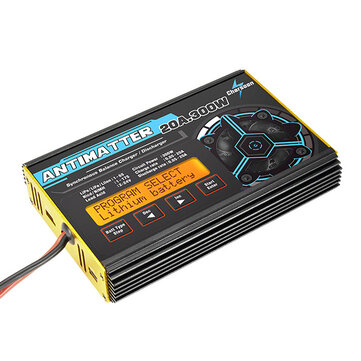Calothrix
New Member
1. Received 8, new 190Ah BLS cells back in April that will eventually be used to construct 2, 12-volt, 190Ah batteries that will be connected in parallel (4S2P configuration).
2. Voltages upon arrival of the cells were all either 3.261 or 3.260.
3. Initially connected the 8 cells in series and tested them by running my DC fridge (can run on 12 or 24V). Ran the cells down to ~ 2.9V (voltages varied from 2.870 to 3.006). I disconnected the pack from the fridge and then connected the batteries in parallel and after a few hours they were all at 2.950V.
4. Decided to let them sit for a while and monitor voltages. I expected the voltages to increase, but not for 6 weeks (or more, just didn't want to wait any longer)! Initially, the voltages increased about 4mV per/day and this trailed off to less than 1 mV/day after 6 weeks. So, voltages increased from 2.950V to 2.996V as they sat over the 6-week period. Is this normal? good? bad?
5. Kept cells in parallel and decided to top balance with my adjustable power supply/charger (0 - 30 volt and 0 - 10 amp). As per Will's video, I set the voltage to 3.65. I tried to set the current at 6A but the power supply would accept a maximum of only 1.98A.....why is that? To get a current of 6A, I had to turn the power supply up to 5.05V; however, the wires from the power supply quickly warmed up at this setting, so I decided to turn the settings back to 3.65V and 1.98A.
6. After charging for 3 days, the cells went from 2.996V to 3.220V.....but the rate of cell voltage increase had slowed to almost nothing and the current on the power supply had dropped from 1.98 to 1.31A. So, I increased the power supply voltage to 4.95 and this resulted in a current setting increase from 1.31A to 4.85A. After 7 days at this voltage setting, the cells increased from 3.220 to 3.313V and the power supply current has decreased from 4.85A to 4.83A.....but again the rate of cell voltage increase has now slowed to a crawl! Is this because the cell's resistance is increasing? I'm guessing I am getting pretty close to the upward "knee" of the charge curve and I do not want to overcharge the batteries, so how do you recommend I proceed? Should I turn the voltage setting up again and then at some point turn it back down to 3.65? I am not in a rush, but do I have hours, days or weeks before these cells are fully charged?
Thanks!!!
2. Voltages upon arrival of the cells were all either 3.261 or 3.260.
3. Initially connected the 8 cells in series and tested them by running my DC fridge (can run on 12 or 24V). Ran the cells down to ~ 2.9V (voltages varied from 2.870 to 3.006). I disconnected the pack from the fridge and then connected the batteries in parallel and after a few hours they were all at 2.950V.
4. Decided to let them sit for a while and monitor voltages. I expected the voltages to increase, but not for 6 weeks (or more, just didn't want to wait any longer)! Initially, the voltages increased about 4mV per/day and this trailed off to less than 1 mV/day after 6 weeks. So, voltages increased from 2.950V to 2.996V as they sat over the 6-week period. Is this normal? good? bad?
5. Kept cells in parallel and decided to top balance with my adjustable power supply/charger (0 - 30 volt and 0 - 10 amp). As per Will's video, I set the voltage to 3.65. I tried to set the current at 6A but the power supply would accept a maximum of only 1.98A.....why is that? To get a current of 6A, I had to turn the power supply up to 5.05V; however, the wires from the power supply quickly warmed up at this setting, so I decided to turn the settings back to 3.65V and 1.98A.
6. After charging for 3 days, the cells went from 2.996V to 3.220V.....but the rate of cell voltage increase had slowed to almost nothing and the current on the power supply had dropped from 1.98 to 1.31A. So, I increased the power supply voltage to 4.95 and this resulted in a current setting increase from 1.31A to 4.85A. After 7 days at this voltage setting, the cells increased from 3.220 to 3.313V and the power supply current has decreased from 4.85A to 4.83A.....but again the rate of cell voltage increase has now slowed to a crawl! Is this because the cell's resistance is increasing? I'm guessing I am getting pretty close to the upward "knee" of the charge curve and I do not want to overcharge the batteries, so how do you recommend I proceed? Should I turn the voltage setting up again and then at some point turn it back down to 3.65? I am not in a rush, but do I have hours, days or weeks before these cells are fully charged?
Thanks!!!





